This smart seating enhances the inclusivity of public space
The Benchmark smart seating project focuses on better understanding of how people, and in particular women, use and experience public space
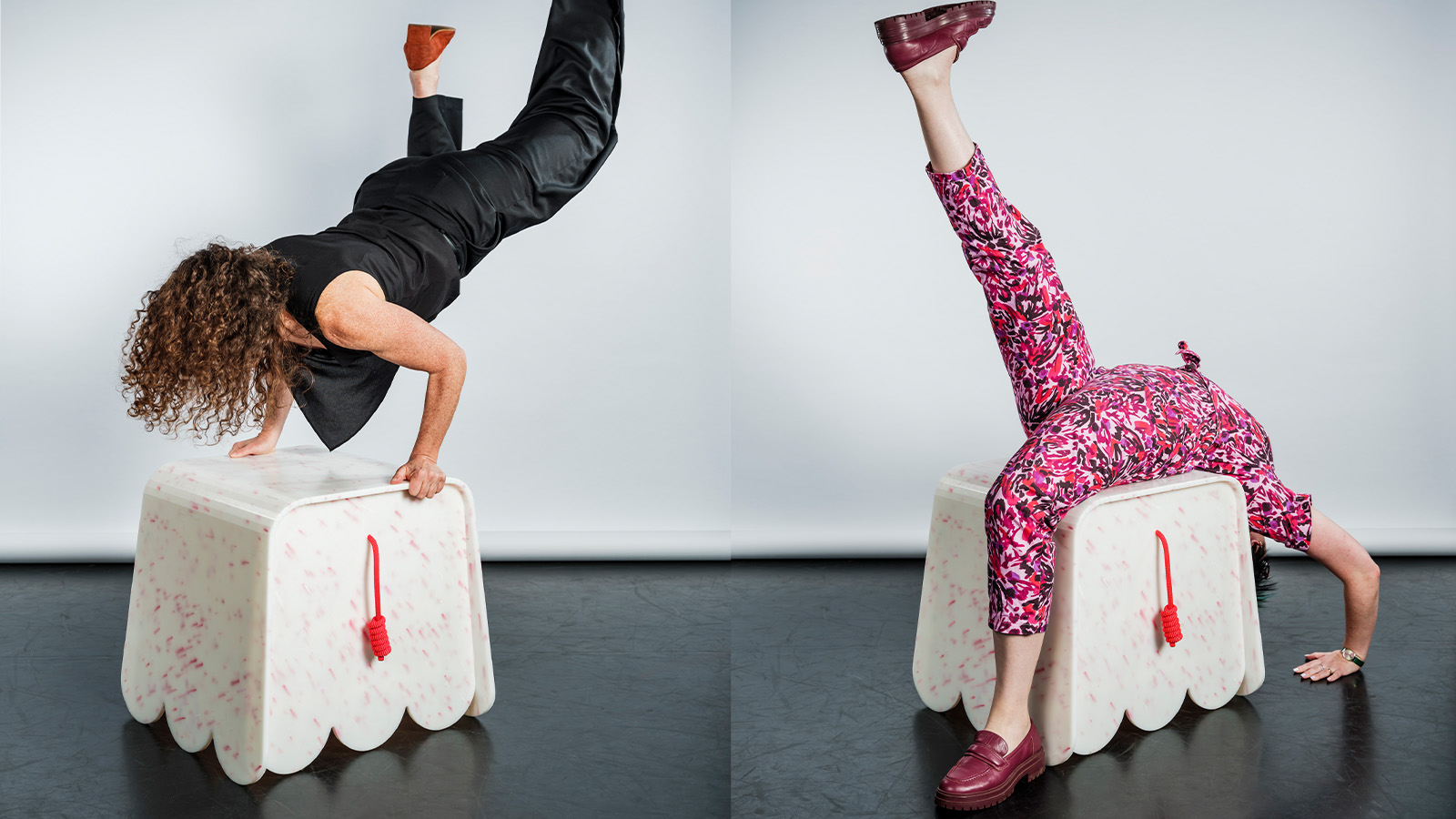
A collaboration between industrial designers from Sydney’s University of New South Wales (UNSW), urban technology planners from the Massachusetts Institute of Technology (MIT), and Transport for NSW, Benchmark is a new experimental seating solution designed to better understand how women, girls, and gender-diverse individuals use public spaces.
Funded by Transport for NSW under the Safer Cities programme, the innovative outdoor benches were designed by Gonzalo Portas, chief investigator and associate lecturer in Industrial Design at the School of Built Environment, UNSW Arts, Design & Architecture, with assistance from four female industrial design students – Eleanor Tang, Grace Wong, Christine Chen and Eugenia Cheung – under the mentorship of senior lecturer Rina Bernabei.
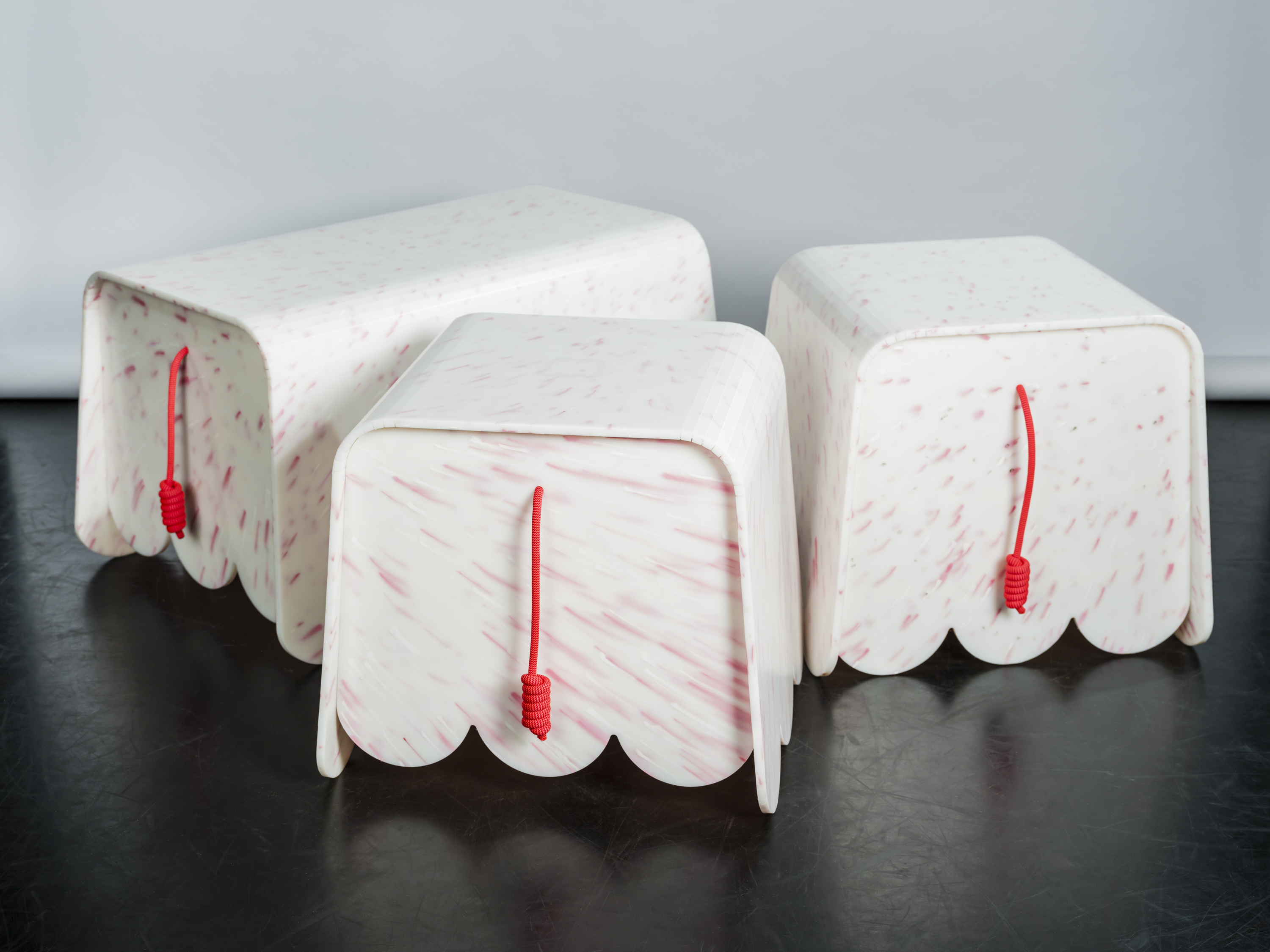
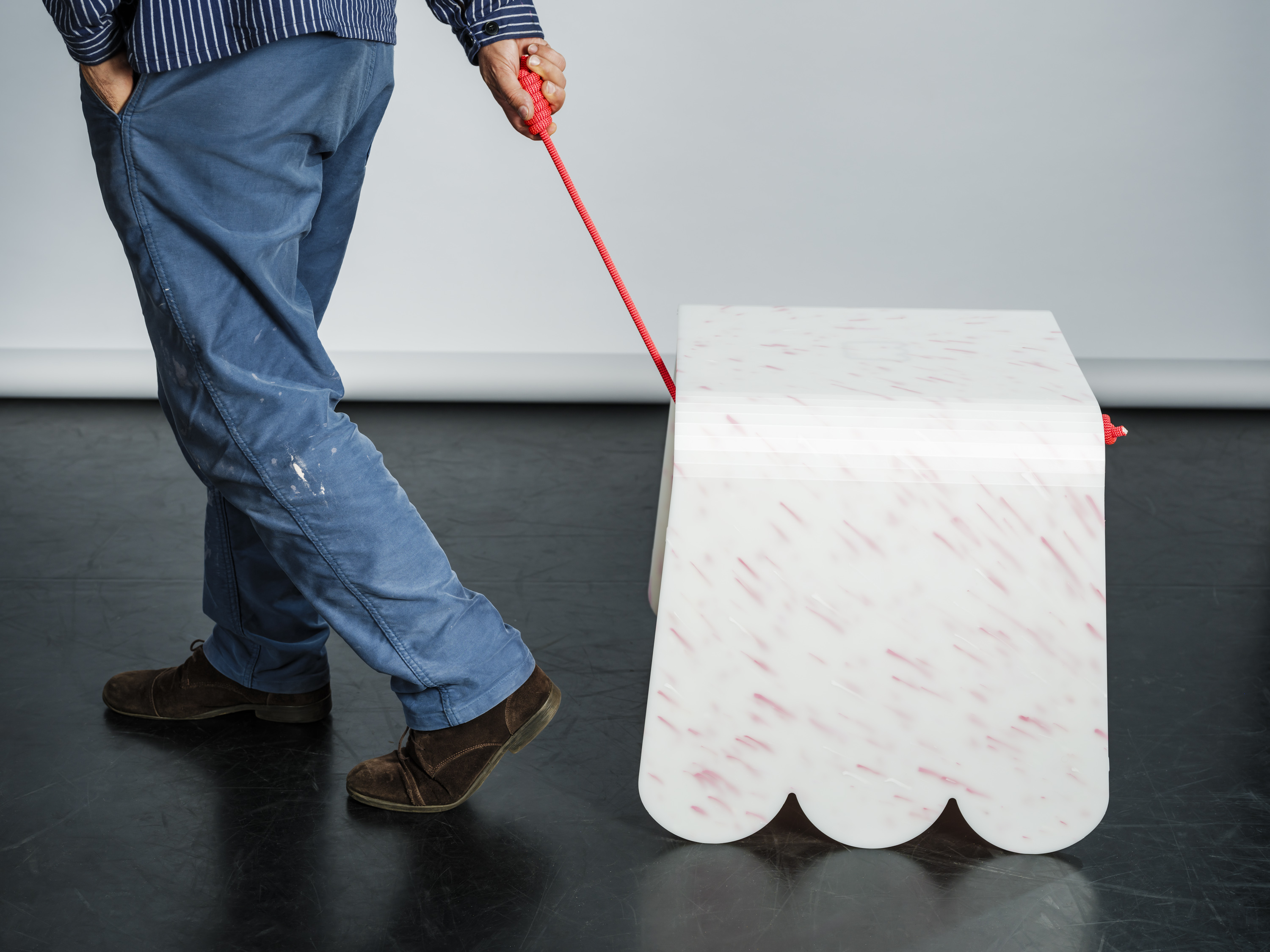
The Benchmark benches are designed to be moved around based on the user's preference
Featuring motion-activated LED lighting and monitored by AI technology, the seating elements have been installed at the UNSW Village Green for a month, so members of the public can interact with them and participate in a survey to provide valuable insights into public space usage for the broader Safer Cities programme, and inform future urban design and planning decisions.
‘Through this project, we hope to create a model for smart, safe, and inclusive public spaces that can be replicated across various urban environments,’ explains Portas. ‘By involving diverse voices in the design process and leveraging cutting-edge technology, we aim to address the unique needs and preferences of underrepresented groups in public spaces.’
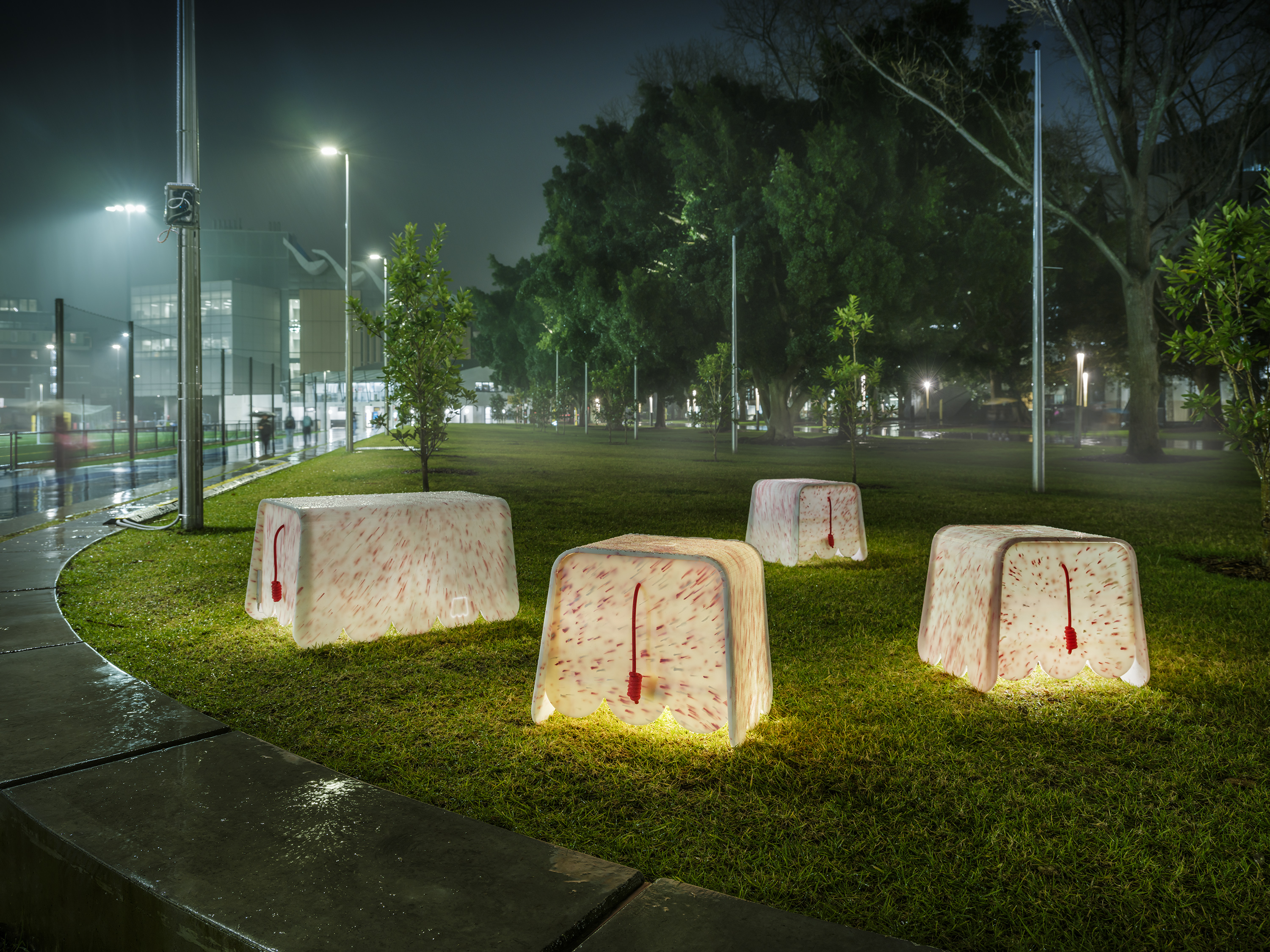
The smart seats incorporate LED lighting strips
Fabricated at the Design Futures Lab at UNSW, each bench is made from durable, locally sourced recycled plastic sheets supplied by Defy Design. The lightweight units, which can be easily moved and used according to user preference, also incorporate LED lighting strips, which illuminate when there is movement nearby to increase visibility.
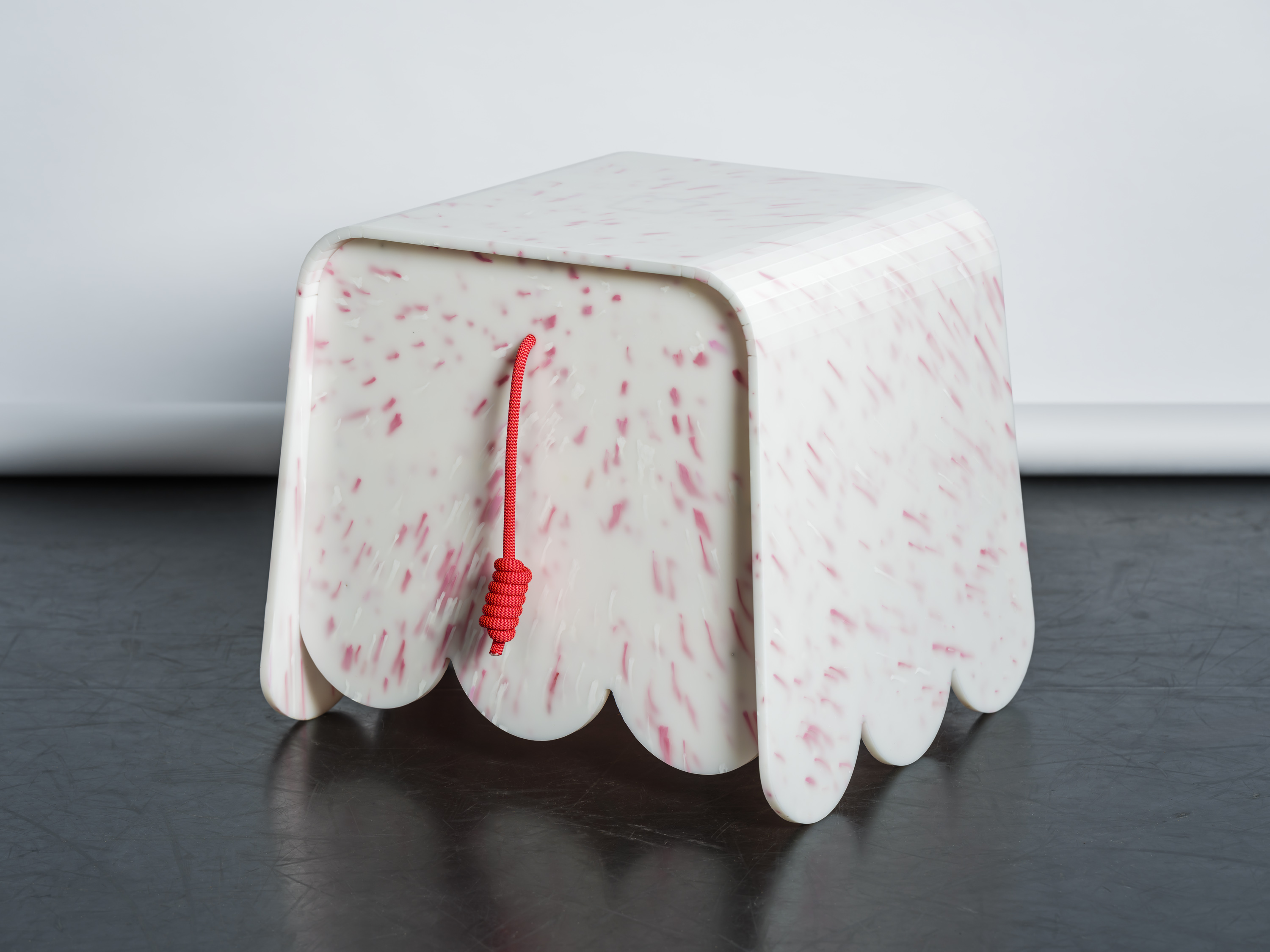
The seats are made of locally sourced recycled plastic sheets
‘Users can flexibly sit in various positions, including cross-legged on top, perching on the edge, reclining against them, or straddling them like benches,’ explains Portas. ‘They are also free to reposition the chairs to other locations within the UNSW Village Green, adding to the interaction and flexibility.’
The seating area is monitored using AI vision technology developed by MIT’s Norman B Leventhal Center for Advanced Urbanism (LCAU) that detects general movement and usage patterns.
Wallpaper* Newsletter
Receive our daily digest of inspiration, escapism and design stories from around the world direct to your inbox.

The Benchmark NSW project team, Mariano Ramirez, Sarah Williams, Gonzalo Portas, Minwook Kang and Hannah Shumway
‘We want to know what makes women and girls feel safe in public space,’ says associate professor Sarah Williams, director of the MIT Civic Data Design Lab. ‘Using the power of AI vision recognition software, we’re able to detect how people interact with our seating and whether they feel comfortable enough to sit and stay for long periods, alone or with others, indicating they feel safe.’
There is no data-capturing technology mounted in the seats but instead, a camera mounted on a nearby pole detects the bench shapes and movement of people. ‘What’s unique about the AI vision recognition software is that it doesn’t collect identifiable data,’ Williams explains. ‘The software recognises the bench model and how users interact with it but deletes image frames permanently, leaving behind just dot points on a map that we can analyse.’
Léa Teuscher is a Sub-Editor at Wallpaper*. A former travel writer and production editor, she joined the magazine over a decade ago, and has been sprucing up copy and attempting to write clever headlines ever since. Having spent her childhood hopping between continents and cultures, she’s a fan of all things travel, art and architecture. She has written three Wallpaper* City Guides on Geneva, Strasbourg and Basel.
-
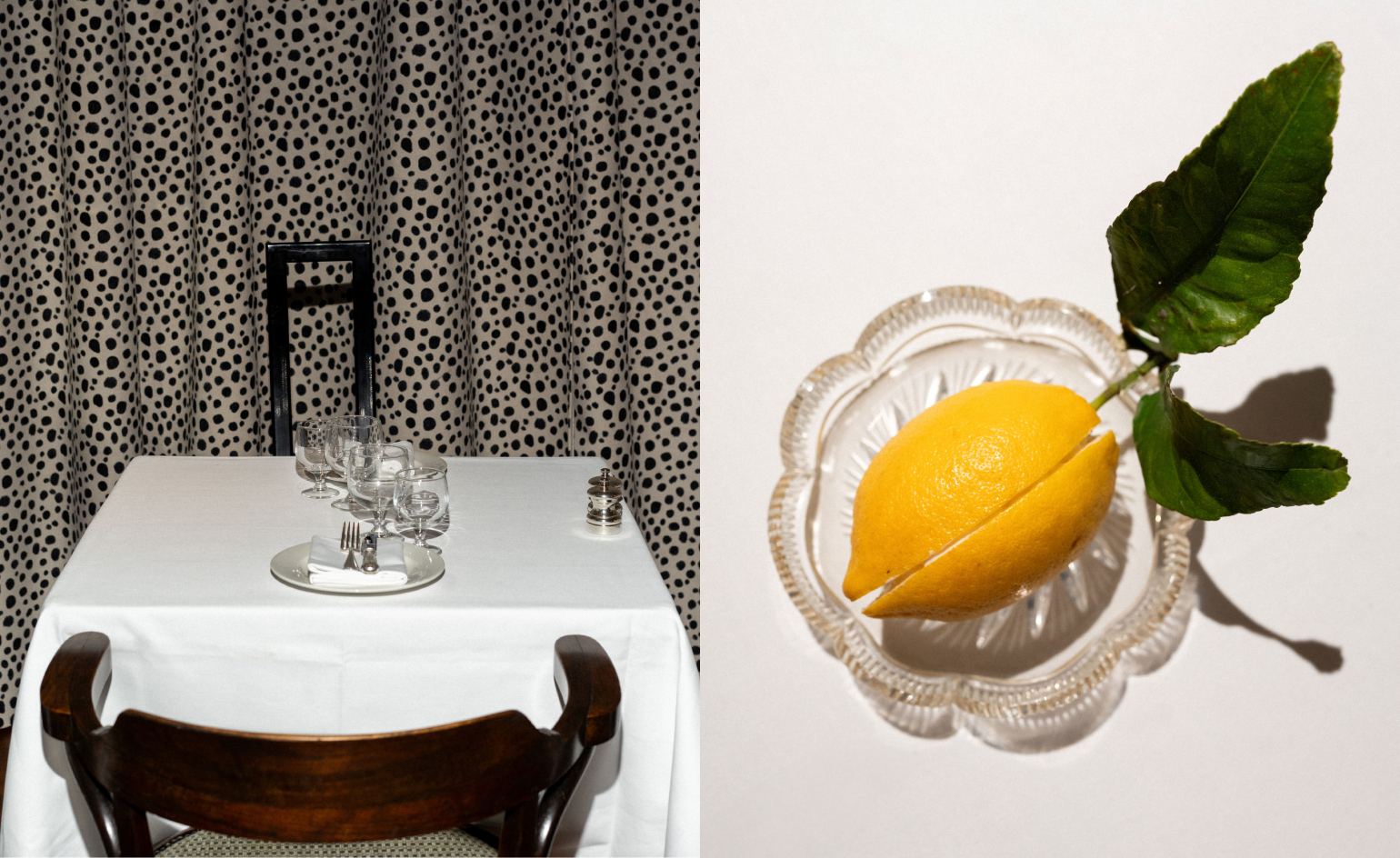 Marylebone restaurant Nina turns up the volume on Italian dining
Marylebone restaurant Nina turns up the volume on Italian diningAt Nina, don’t expect a view of the Amalfi Coast. Do expect pasta, leopard print and industrial chic
By Sofia de la Cruz
-
 Tour the wonderful homes of ‘Casa Mexicana’, an ode to residential architecture in Mexico
Tour the wonderful homes of ‘Casa Mexicana’, an ode to residential architecture in Mexico‘Casa Mexicana’ is a new book celebrating the country’s residential architecture, highlighting its influence across the world
By Ellie Stathaki
-
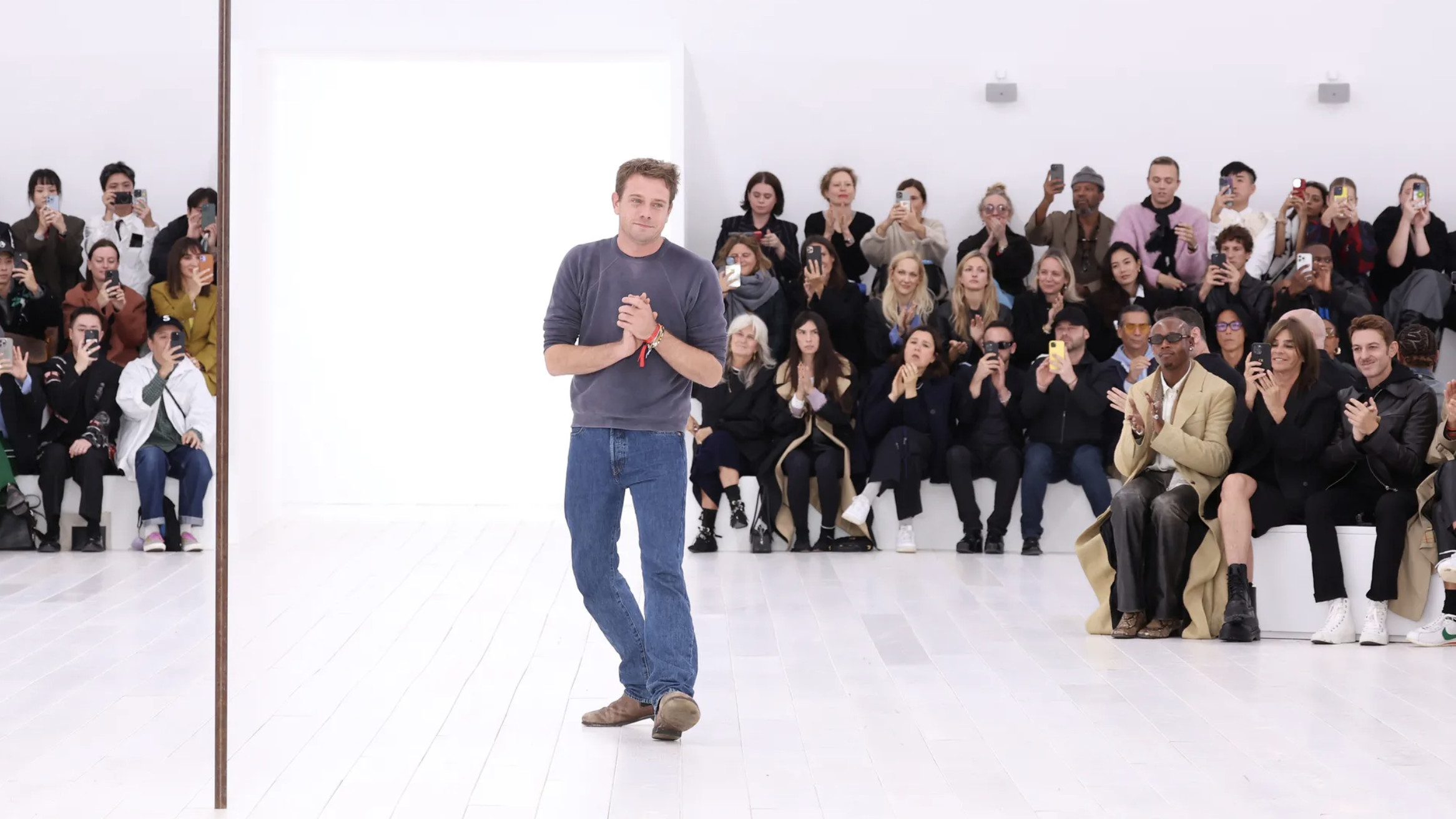 Jonathan Anderson is heading to Dior Men
Jonathan Anderson is heading to Dior MenAfter months of speculation, it has been confirmed this morning that Jonathan Anderson, who left Loewe earlier this year, is the successor to Kim Jones at Dior Men
By Jack Moss
-
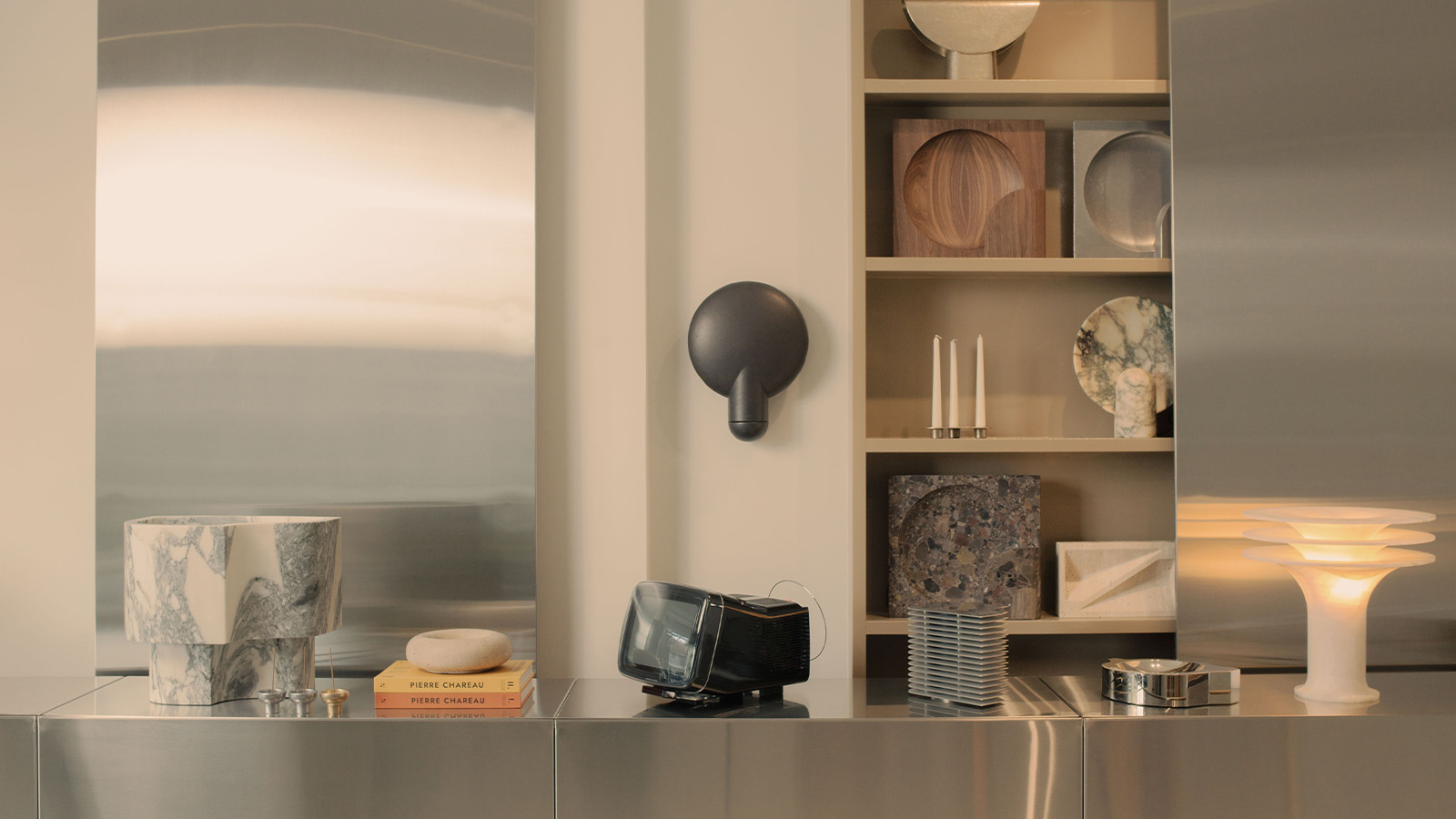 Studio Henry Wilson’s first store has a ‘collector’s apartment’ aesthetic with Australian charm
Studio Henry Wilson’s first store has a ‘collector’s apartment’ aesthetic with Australian charm‘I see longevity as one of the simpler forms of sustainability’: Studio Henry Wilson’s first store, in Paddington, Sydney is an ode to Australia's landscape
By Tianna Williams
-
 Alfred Lowe's joyful ceramics examine landscape and identity
Alfred Lowe's joyful ceramics examine landscape and identityIn a rapidly changing world, the route designers take to discover their calling is increasingly circuitous. Here we speak to Alfred Lowe about his colourful ceramics
By Hugo Macdonald
-
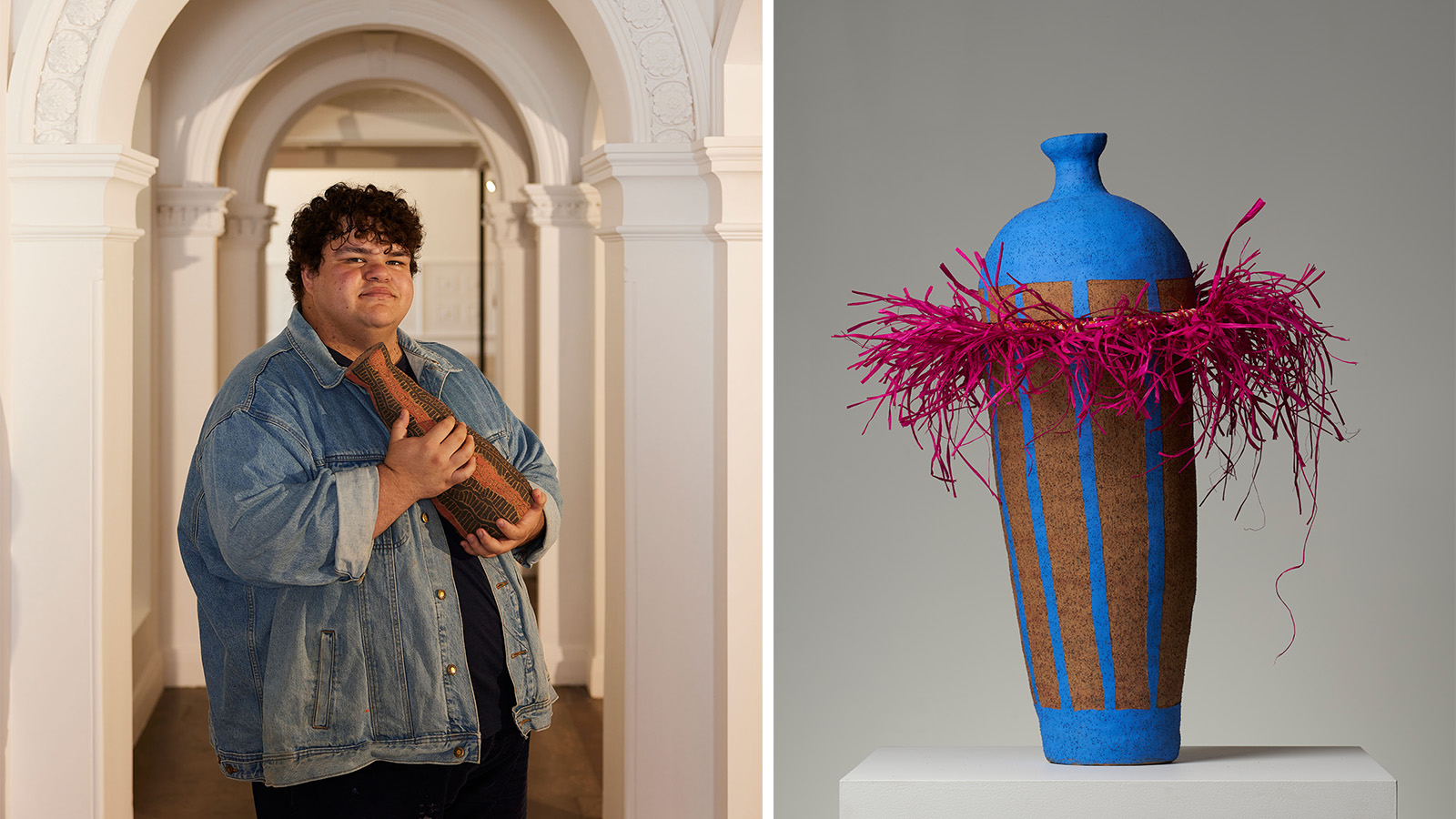 Arrernte artist Alfred Lowe wins 2024 Shelley Simpson Ceramic Prize with Mud Australia
Arrernte artist Alfred Lowe wins 2024 Shelley Simpson Ceramic Prize with Mud AustraliaMud Australia has awarded Alfred Lowe its annual ceramics prize for his keenly political and visually unique pieces
By Jasper Spires
-
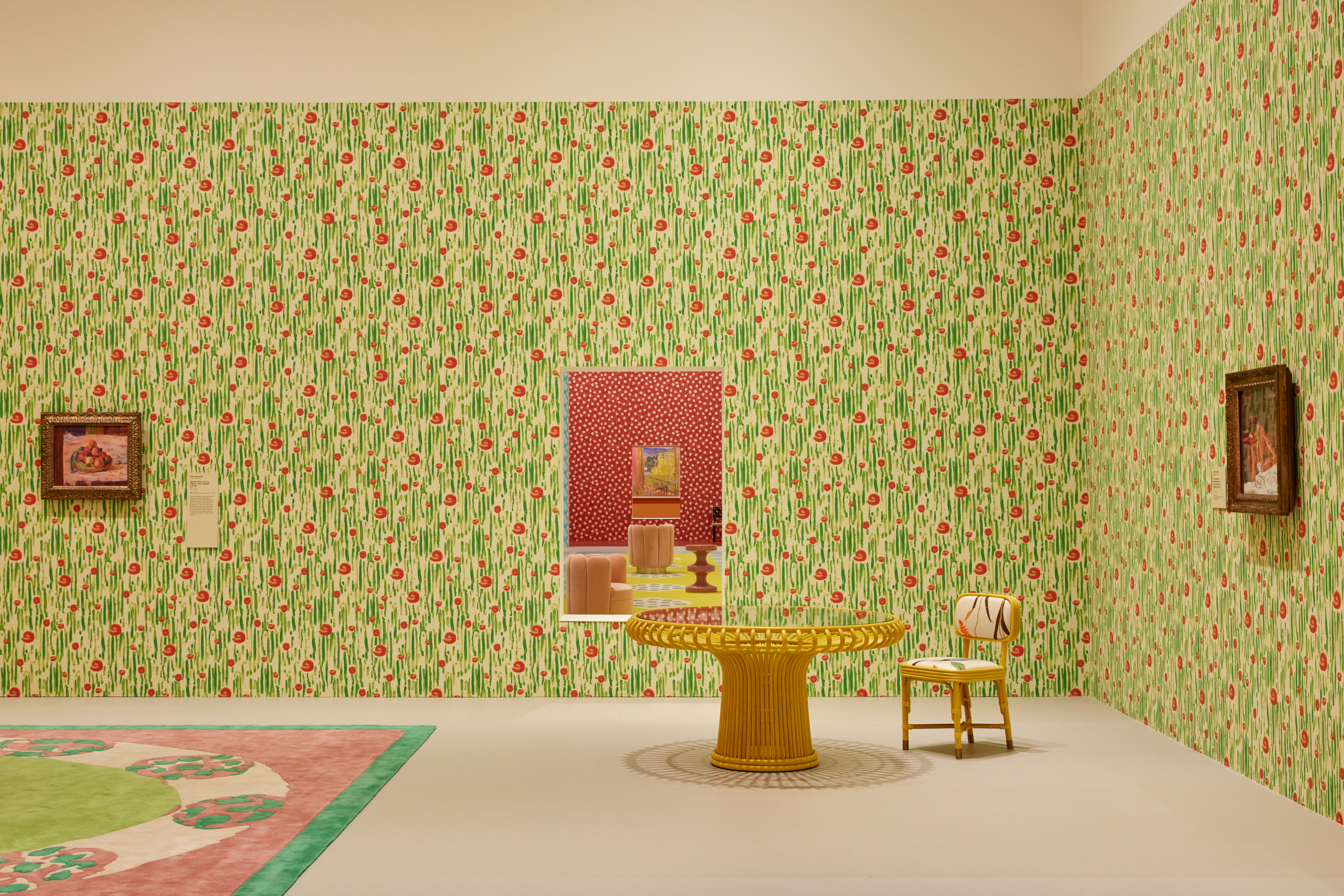 Pierre Bonnard’s NGV exhibition designed by India Mahdavi is a technicolour feast
Pierre Bonnard’s NGV exhibition designed by India Mahdavi is a technicolour feastPierre Bonnard: Designed by India Mahdavi at NGV Melbourne is on view until 8 October 2023
By Elias Redstone
-
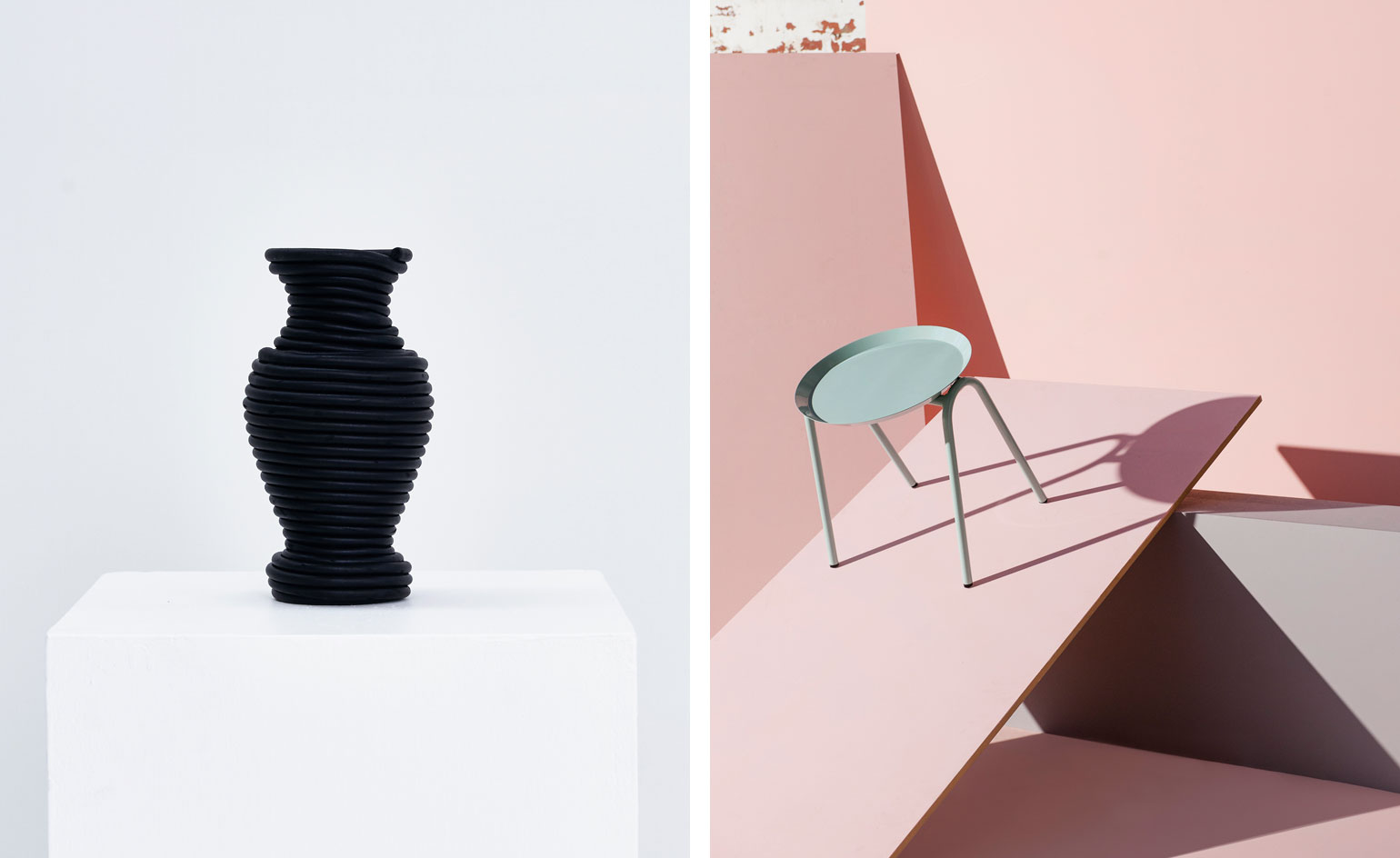 Super Pacific: Maison et Objet announce Rising Asian Talents winners
Super Pacific: Maison et Objet announce Rising Asian Talents winnersBy Sujata Burman
-
 Semi-Permanent creative conference
Semi-Permanent creative conferenceBy Lauren Ho